- Intervention :
- Increase mobility in restricting muscles, joint, fascia. Manual stretching and joint mobilization; teach self-stretching.
- Develop neuromuscular control, strength and endurance in posture and extremity muscles. Stabilization exercises; progress repetitions and challenge with extremity motions; progress to dynamic trunk strengthening exercises.
- Identify safe aerobic activities. Implement and progress an aerobic exercise program.

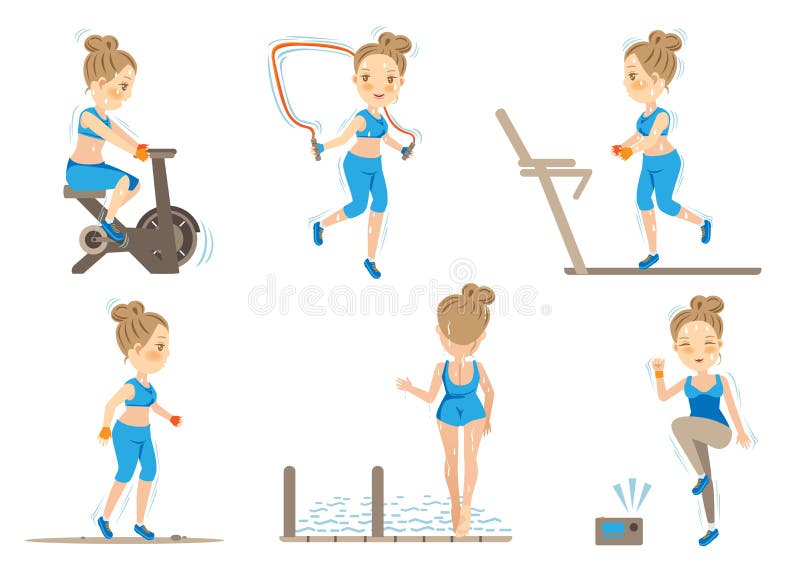
- During activities like lifting weight from floor bend from hip and knee more instead of waist.
While doing kitchen activities like making food, cutting vegetables etc the worktop height should be sufficient enough to avoid extra cervical flexion and bending from spine that would lead to stretch weakness and pain of back muscles.
While doing fine, precision work activities like jewellery making, stitching clothes, making embroidery on clothes, diamond cutting, small wood carving etc the platform height should be about 5 cm above elbow height (elbow support is needed)
When cleaning or sweeping floor make use of long handle rotatable brooms. This will prevent us from excess bending from spine, prevent excess kneeling and hip flexion while cleaning floor under table or sofa.
To maintain upright posture little muscle activity is required. But with total relaxation of muscles, the spinal curves are exaggerated and passive structural support is called on to maintain posture. Common faulty postures are lordotic posture, slouched posture, flat low-back posture, flat upper-back and flexed cervical spine. These adaptation of faulty postures can lead to imbalances in agonist and antagonist trunk muscles thus can further lead to stretch weakness or tight weakness.
 Fig: Faulty spine postures
Fig: Faulty spine postures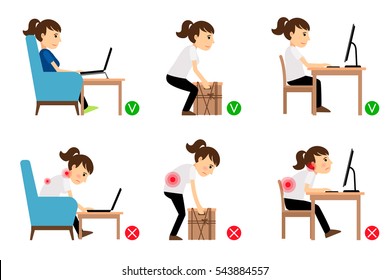
- Intervention :
- Educate the patient about the relationship between faulty posture and symptoms. Practice positions and movements to experience control of symptoms with various postures. Avoid keeping the spinal postures in same position for longer duration. Avoid adopting or maintaining any awkward posture for doing any activity. Periodically make changes in posture to relax the contracted muscles.
- It may be necessary to use a lumbar pillow for support during prolonged sitting or to modify the work environment (work station) to relieve sustained stressful postures.
- Stress management or relaxation: relaxation exercises and postural stress relief.
- Develop awareness and control of spine postures : Kinesthetic training; cervical and scapular motion, pelvic tilts, control of neutral spine. Utilize and practice procedures to develop and reinforce control of posture when sitting, standing, walking, and performing targeted functional activities.
- Integrate a progression of postural control into all stabilization exercises, aerobic conditioning, and functional activities. Patient is observed, reminders are provided to find neutral spinal position and initiate contractions of the stabilizing muscle prior to the activity. For example, when reaching overhead, the patient learns to contract abdominal muscles to maintain neutral spine position and not allow the spine to extend into painful or unstable range. This is incorporated into body mechanics, such as when going from picking up and lifting to placing an object on a high shelf, or into sports activities when reaching up to block or throw a ball.
- Lever arm (Bones) / Effort arm
- Joints act as fulcrum
- Muscles provides the effort forces to move load
- Weight of body part or force needed to lift, push and pull things acts as load

- amount of force (muscular) (MF)
- angle of application of force (a)
- length of moment arm (IMA)

- Intervention:
- Teach safe body mechanics. Functional exercises to prepare for safe mechanics (squatting, lunges, reaching, pushing/pulling, lifting and turning loads with stable spine)
- Learning and implementing use of energy conservation and joint protection techniques.
- Respect For Pain : Stop activities before you reach the point of discomfort or pain. Limit activities which cause your pain to last more than one hour after you have stopped the activity.
- Balance Activity And Rest: Rest before becoming tired. Plan rest periods during longer or more difficult activities. By resting 10 minutes during an activity, you will have more energy to continue.
- Avoid Activities Which Cannot Be Stopped : When you begin to feel joint pain, stop. This will eliminate excessive pain and fatigue later. Prioritize activities. Consider the activity, length of time, and difficulty before beginning. Plan difficult activities for “peak” energy times.
- Use Larger, Stronger Joints For Activities, When Possible, Distributing The Weight Over Non-involved Or Stronger Joints : To lift a bag from a counter, bend your knees, hug the bag with both arms. Bend your elbows so that the bag is held tightly to your chest and straighten your knees. Keep hold on the bag by keeping your elbows bent. If the load is too heavy, push shopping cart, or get help with groceries - use drive-up service.
- Avoid Staying In One Position For Extended Periods Of Time : Plan rest periods. Change your position. Stretch and relax your joints.
- Maintain Or Use Your Joints In Good Alignment : Maintain proper posture.
- Maintain Proper Weight : Additional weight can stress weight-bearing joints (hip, knees, feet, back). Before lifting any heavy object initially anticipate or check for the weight.
- Discal pressure changes in different body positions : The highest discal pressure are seen in loaded slumped sitting, that is sitting with the lumbar lordosis reversed (flexed) while holding a weighted object. The lowest discal pressure is when we supine. Thus, people should be made aware of these pressure gradients with respect to body position so that excess loading of the spine, while doing any heavy activity, is avoided in particular position. This can lead to chances of prolapsed disc and increased stress on other spinal structures especially in people with medium, heavy and very heavy work level job, in middle to late adulthood and geriatric people, and in housewives.
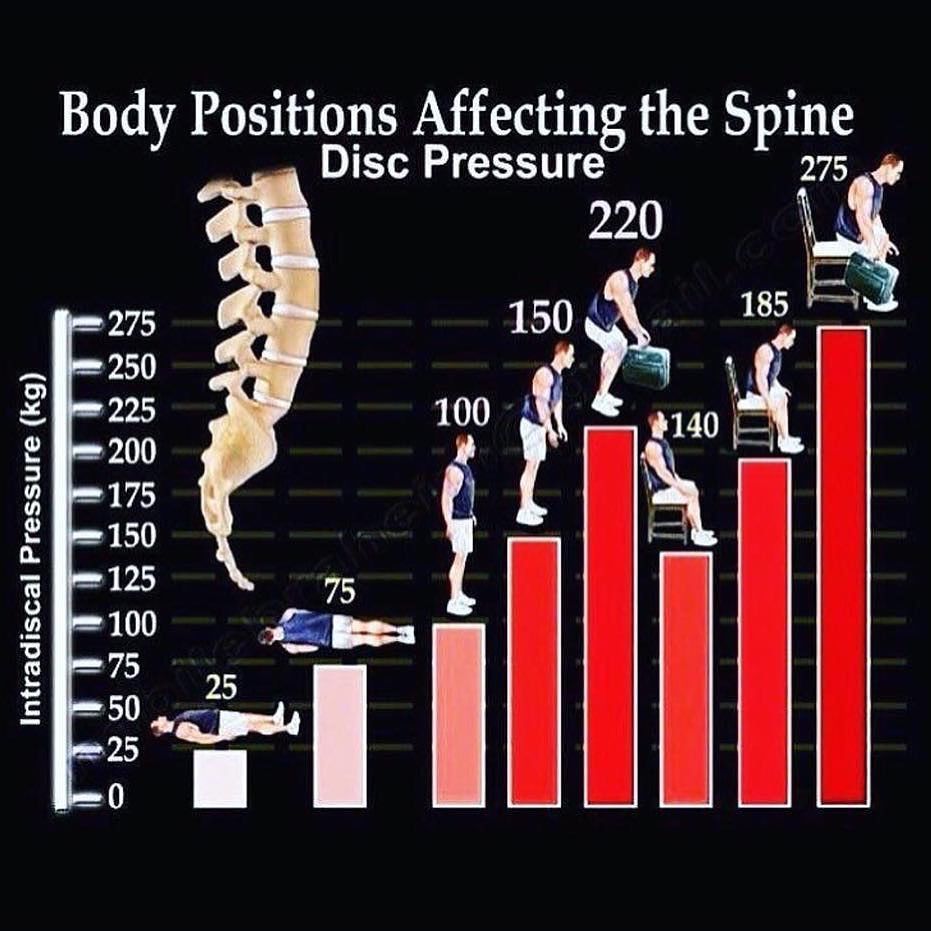
- By early adulthood, biochemical changes occurs that cause everyone's discs to start drying out. The disc lose volume and there is decline in water-retaining capacity. Owing to fatigue loading and disproportionately high pressure over time the disc (annulus) becomes less able to withstand increased pressures and thus in future can lead to nuclear material to bulge, protrude or herniate out when loaded. This can lead to prolapsed intervertebral disc (PIVD). Symptoms of pain arises, neurological signs arise from pressure against the spinal cord or nerve roots.
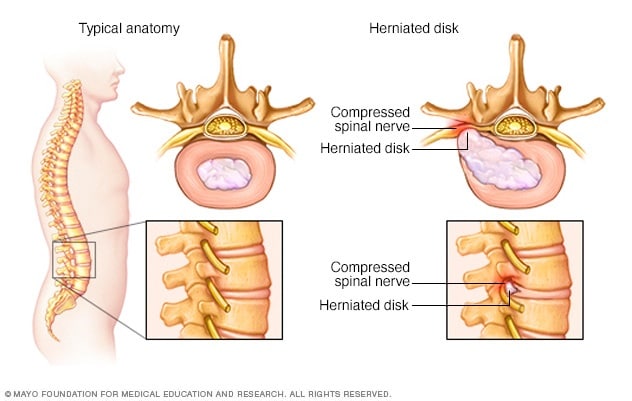
- Obesity is a strong predictor of adult morbidity and mortality. Any loss of weight is beneficial in reducing many of the complications. Physical activity is important for maintaining long-term weight loss and co-morbidities. Combination of aerobic interval training and high intensity anaerobic interval training (HIIT) exercises is beneficial. For every 4 pounds (1.8 kg) of weight you lose, you remove 16 pounds (7.26 kg) of additional pressure placed on your spine.
- Adopting healthy lifestyle modification : daily 45 minutes to 1 hour of exercises for 5 days a week, follow low carbohydrate diet (emphasize on foods high in proteins and fat), stress management.









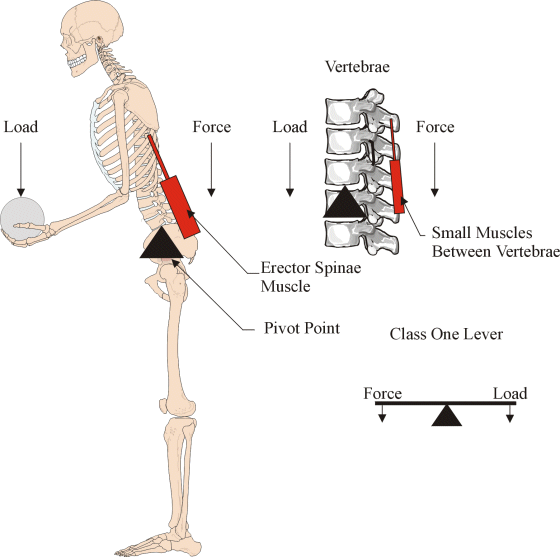

Comments
Back Pain Relief